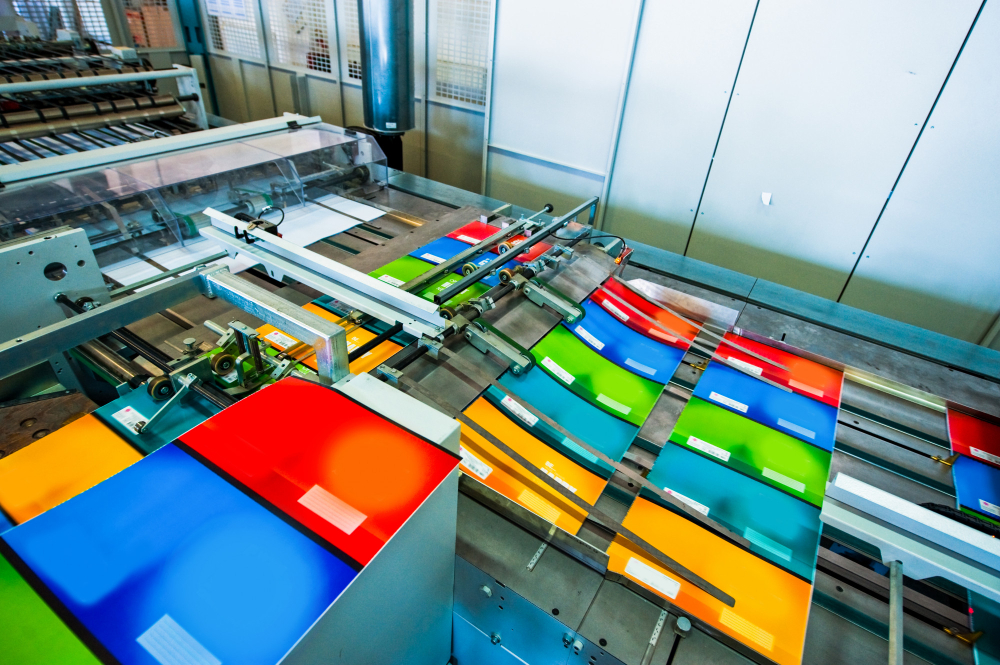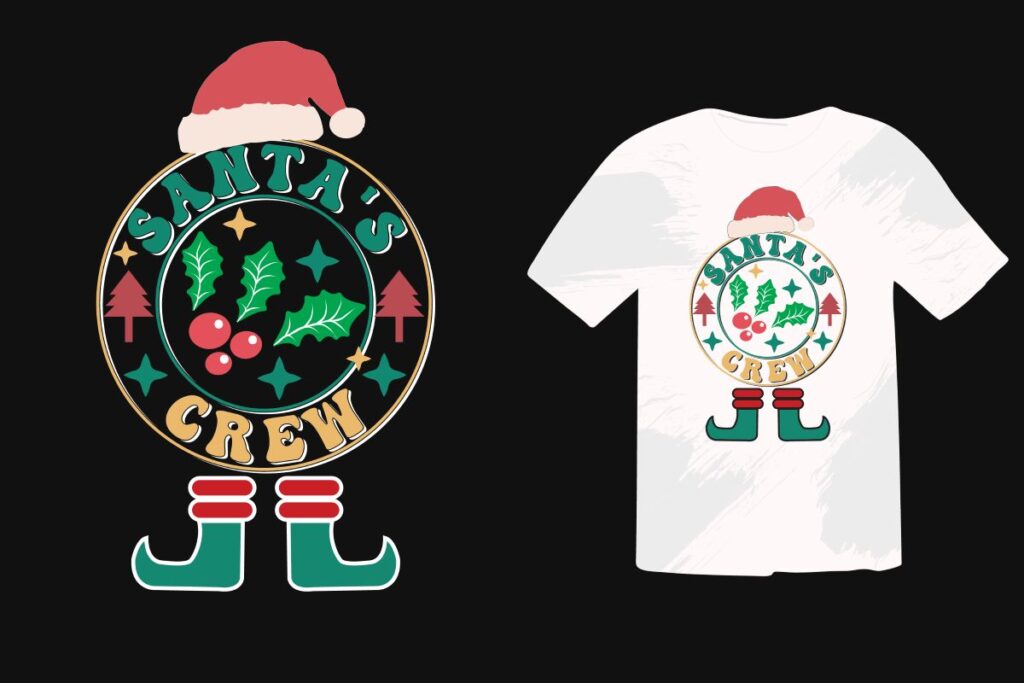DTF Transfers, or Direct-to-Film printing, have revolutionized the garment printing industry, offering an innovative solution for creating high-quality prints that are both vibrant and durable. This emerging printing method stands out among traditional techniques like Direct-to-Garment and screen printing, by utilizing a specialty film that adheres seamlessly to fabrics. As businesses seek efficient printing technologies, DTF transfers provide the versatility to print on various materials while maintaining excellent quality. With lower costs and faster production times compared to heat transfer vinyl, DTF is rapidly becoming a preferred choice for entrepreneurs and designers alike. This article explores the many benefits and potential drawbacks of DTF transfers, offering valuable insights for anyone looking to enhance their printing capabilities.
Often referred to as Direct-to-Film printing, DTF offers a modern approach to garment decoration that contrasts with older techniques such as screen printing and heat transfer vinyl. This innovative process leverages advanced printing technology to apply designs onto a film, which is then transferred onto textiles, ensuring vibrant colors and durability. The method’s appeal lies not only in its capability to produce eye-catching prints but also in its adaptability to various fabric types, making it an ideal choice for both small businesses and large-scale operations. As demand for custom apparel continues to rise, understanding alternative terms like DTF printing becomes crucial for industry stakeholders aiming to stay ahead of trends.
The Rise of DTF Transfers in Garment Printing
In recent years, Direct-to-Film (DTF) transfers have become a popular solution in the garment printing industry due to their remarkable capabilities and cost savings. Unlike traditional methods, DTF uses a specialized film on which designs are printed using high-quality inks, allowing for vibrant colors and intricate details. This technology is particularly appealing for small and medium-sized enterprises aiming to produce high-quality custom apparel without the overwhelming setup costs associated with other printing methods.
One of the significant advantages of DTF transfers is their adaptability across various materials. Whether it’s cotton, polyester, or blended fabrics, DTF transfers can produce flawless prints, making them a versatile choice for all types of garment printing. This flexibility not only enhances the product range for businesses but also allows for experimentation with different fabric types, leading to innovative designs that appeal to a broader audience.
Comparing DTF Transfers and Digital Direct-to-Garment Printing
When comparing DTF transfers to Digital Direct-to-Garment (DTG) printing, several key factors come into play. DTG printing is renowned for its ability to print complex and colorful designs, but it often faces limitations when working with dark fabrics. DTF excels in this regard, providing strong and vibrant prints that adhere well to various fabric types, especially darker materials. This quality makes DTF an attractive alternative for businesses that require a versatile printing solution.
Moreover, the production speed of DTF transfers is a notable advantage. DTF allows for pre-made transfers that can be heat-pressed onto garments quickly, significantly reducing production time compared to DTG which requires individual setups for each piece. This efficiency translates into lower labor costs and increased output, making DTF an ideal choice for businesses managing bulk orders or rapid turnaround times.
Benefits of DTF Transfers in Comparison to Screen Printing
Screen printing has long been a dominant method in the apparel industry, known for its durability and quality. However, it requires extensive setup and is not cost-effective for small orders. DTF transfers considerably lower these barriers; they require minimal setup and can cater to small runs without significant financial strain. This feature makes DTF a preferred choice for new entrepreneurs who want to dive into the garment printing market without a hefty initial investment.
Another crucial aspect where DTF technology outshines screen printing is the quality and longevity of the prints. Advances in DTF technology have resulted in high-quality images that can resist cracking and fading over time, rivaling the enduring prints from screen printing. Businesses seeking competitive offerings can leverage DTF’s superior quality and can customize products for varied customer needs efficiently.
Why Heat Transfer Vinyl (HTV) Cannot Compete with DTF Transfers
Heat Transfer Vinyl (HTV) has been a staple in the apparel decoration industry, often used for its simplicity and low cost. However, the labor-intensive application process of HTV—particularly the weeding required for intricate designs—can be a deterrent for many. In stark contrast, DTF transfers streamline this process by allowing for complex full-color prints that can be easily applied, significantly reducing production time and labor costs.
Additionally, DTF transfers offer greater versatility in application compared to HTV. While HTV may struggle with certain fabric types, DTF printing excels across multiple materials, making it an ideal choice for businesses selling a diverse range of apparel. This adaptability not only enhances product offerings but also ensures that businesses can meet the evolving demands of their customers.
Economic Advantages of DTF Transfers in the Printing Industry
The economic benefits of DTF transfers are becoming increasingly apparent as businesses seek to enhance their profitability in the competitive printing market. DTF technology reduces ink costs significantly, given its efficient use and outstanding output quality. This means that for high-volume orders, businesses can experience greater margins without compromising quality, a crucial factor for those trying to scale their operations.
Moreover, the reductions in setup time and labor associated with DTF printing contribute directly to cost savings. As businesses can expedite production and avoid the complexities of traditional methods, they can maintain a steady output with fewer resources. This efficiency is particularly advantageous for companies catering to events and promotions, where fast turnaround times are essential.
Future Trends in DTF Printing Technology
As the fabric printing landscape evolves, DTF printing technology is positioned to lead the way due to its unique blend of quality, efficiency, and cost-effectiveness. With ongoing advancements in film quality and printing techniques, the future of DTF looks promising, attracting the interest of both established firms and newcomers in the industry. Manufacturers are investing in creating more user-friendly DTF printers, further broadening access to this revolutionary technology.
Industry experts indicate that the rising demand for customized apparel, particularly in the promotional sector, will continue to drive the adoption of DTF technology. As consumers increasingly seek unique and personalized products, businesses equipped with DTF capabilities will be well-positioned to capitalize on these trends, ensuring they remain competitive in an ever-changing market.
Frequently Asked Questions
What are DTF Transfers and how do they work in garment printing?
DTF Transfers, or Direct-to-Film transfers, are a modern garment printing technology that involves printing designs onto a specialized film using water-based inks. An adhesive layer is applied before heat-pressing the film onto fabric, ensuring vibrant, durable prints that can stretch without cracking.
How do DTF Transfers compare to Direct-to-Garment (DTG) printing?
DTF Transfers generally outperform Direct-to-Garment (DTG) printing in terms of setup speed and cost-effectiveness for larger orders. While DTG excels in intricate designs, DTF offers better white ink printing on dark fabrics and also reduces ink usage, making it a preferred choice for mass production.
Can I use DTF Transfers on different fabric types?
Yes, DTF Transfers are highly versatile and can be applied to a variety of materials, including cotton, polyester, and blends. This adaptability makes DTF suitable for various garment types, unlike some methods which may have specific fabric restrictions.
What advantages do DTF Transfers offer over screen printing?
DTF Transfers provide several advantages over screen printing, such as faster setup and production times, especially for small orders. DTF technology has also advanced to match the durability of screen printing, while offering full-color designs without the extensive manual labor required by screen printing.
Is DTF Transfers a cost-effective printing method for businesses?
Yes, DTF Transfers are considered cost-effective, particularly for larger orders. The reduced ink costs and quicker production times contribute to overall lower expenses per unit compared to other methods like Direct-to-Garment or screen printing.
What recent trends are emerging in DTF Transfers within the printing industry?
Recent trends indicate a growing popularity of DTF Transfers, particularly among small to medium-sized enterprises. There is an increase in new DTF printers with improved accessibility and print quality, as businesses recognize the economic benefits and customization opportunities this technology offers.
| Key Feature | DTF Transfers | Digital Direct-to-Garment (DTG) | Screen Printing | Heat Transfer Vinyl (HTV) |
|---|---|---|---|---|
| Quality | Vibrant prints with minimal cracking | Highly detailed but struggles with dark fabrics | Durable but lengthy setup for designs | Limited by color and fabric options |
| Speed | Fast production with pre-made transfers | Longer setup time for each garment | Time-consuming for small orders | Manual and slow process |
| Cost-effectiveness | Generally more economical for large orders | Higher costs for small orders | Requires significant setup investment | Can be costly due to manual labor |
| Ease of use | Simpler application process | Requires knowledge of garment setup | Complex setup with multiple screens | Labor-intensive and manual labor |
Summary
DTF Transfers have emerged as a pivotal technology in the landscape of garment printing. This innovative method offers unparalleled versatility and cost-effectiveness, making it a favored choice for many businesses ranging from startups to established brands. By adopting DTF printing processes, companies can achieve high-quality, durable prints on a variety of fabrics while minimizing production time and costs. In summary, understanding and utilizing DTF Transfers can provide a significant competitive edge in the fast-paced world of custom apparel.


